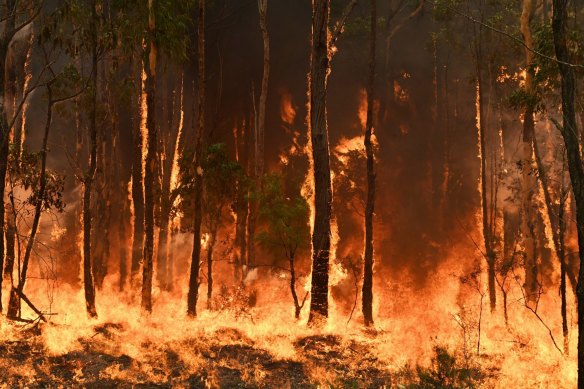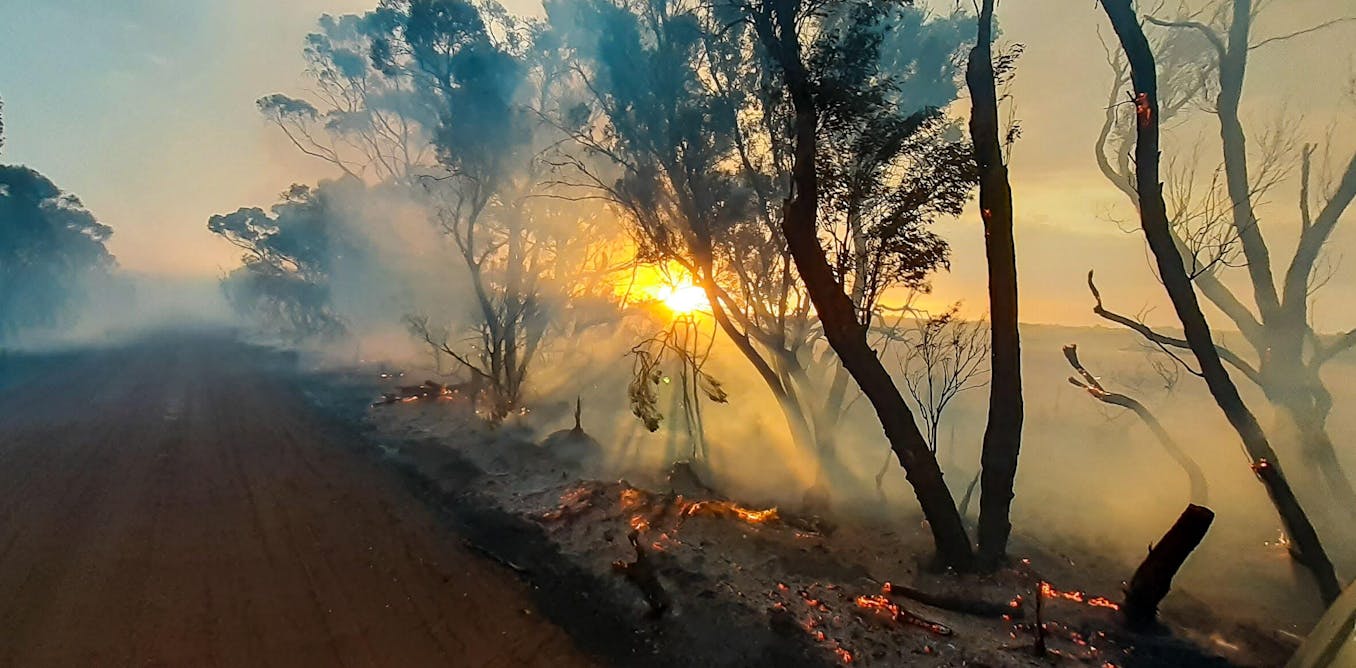Deciphering the Significance of a Comprehensive BAL Report for Your Property
Deciphering the Significance of a Comprehensive BAL Report for Your Property
Blog Article
Just How BAL Report Impacts Shrub Fire Defense Measures
In the realm of bush fire security, the Structure Attack Level (BAL) record stands as an essential tool that significantly influences the security and strength of homes in fire-prone areas - BAL Report. The effect of a BAL analysis extends much past mere documents; it acts as the cornerstone for establishing the proper building and construction standards and fire defense actions necessary to mitigate the risks presented by bushfires. As areas face significantly extreme fire periods, understanding how the BAL report forms these safety steps ends up being vital for policymakers, home owners, and building contractors alike
Recognizing the Bushfire Strike Level

Importance of BAL Report Analysis

Additionally, the BAL record analysis functions as a fundamental step in abiding by lawful commitments and needs connected to bushfire security. Regional councils and authorities often mandate the submission of a BAL report as part of the preparation and building approval process to guarantee that residential properties are properly protected versus bushfire threats. Falling short to carry out a detailed BAL record assessment can result in inadequate protection actions, leaving homes vulnerable to devastating bushfire incidents.
Building And Construction Specifications Based on BAL
An extensive understanding of the Bushfire Assault Level (BAL) enables homeowner to carry out building requirements tailored to their details danger profile. Building and construction criteria based on BAL are vital in alleviating the impact of bushfires on residential properties. The BAL score categorizes the potential threat a building deals with during a bushfire on a scale from BAL-Low to BAL-FZ (Fire Area) Each BAL degree represents particular construction needs described in the Australian Standard AS3959-2018 Building And Construction of Buildings in Bushfire-Prone Locations. Residential properties classified as BAL-Low may only call for fundamental procedures such as removing debris and keeping gardens, while those in greater BAL groups need even more durable procedures like coal screens, fire-resistant materials, and secured home windows. Following these building criteria not only enhances the structural durability of the building yet also enhances the general safety and security of residents during a bushfire event. For that reason, homeowner need to very carefully consider their BAL score home and adhere to the matching building and construction criteria to effectively guard their passengers and homes.
Applying Fire Protection Actions
With the structure of building and construction standards based on Bushfire Attack Degree (BAL) in area, the emphasis currently moves towards the functional implementation of fire protection steps to fortify homes against bushfire risks. Easy procedures include utilizing fire-resistant building materials, mounting cinder guards on vents, sealing gaps in roofs and wall surfaces, Full Article and keeping a clear area around the property free from combustible greenery. By integrating both passive and energetic methods, properties can dramatically decrease their vulnerability to bushfire incidents and raise the security of occupants.
Shielding Houses Against Bushfires
Efficiently securing homes against the devastating influences of bushfires needs a extensive and aggressive strategy to fire security procedures. In addition, securing vents and gaps to avoid coal intrusion, as well as incorporating fire-resistant doors and windows, can assist fortify the home's defense versus bushfires. By accepting a proactive stance and incorporating these protective actions, house owners can significantly boost their opportunities of protecting their homes versus bushfires.
Verdict
To conclude, the Bushfire Strike Degree (BAL) report plays a vital duty in establishing the required defense steps against bushfires. By examining the BAL, building and construction standards can be tailored to reduce the dangers and guarantee the security of homes in fire-prone locations. Implementing fire defense procedures based on the BAL record is important in safeguarding buildings from prospective bushfire risks. It is necessary for home owners to prioritize BAL analyses and comply with recommended building and construction criteria to boost bushfire strength.
In examining bushfire danger to residential properties, understanding the Bushfire Assault Degree (BAL) is an essential component for implementing reliable protection procedures. Generally, a clear understanding of the Bushfire Assault Degree is crucial for carrying out sufficient protection procedures and mitigating the impact of bushfires on homes.

Report this page